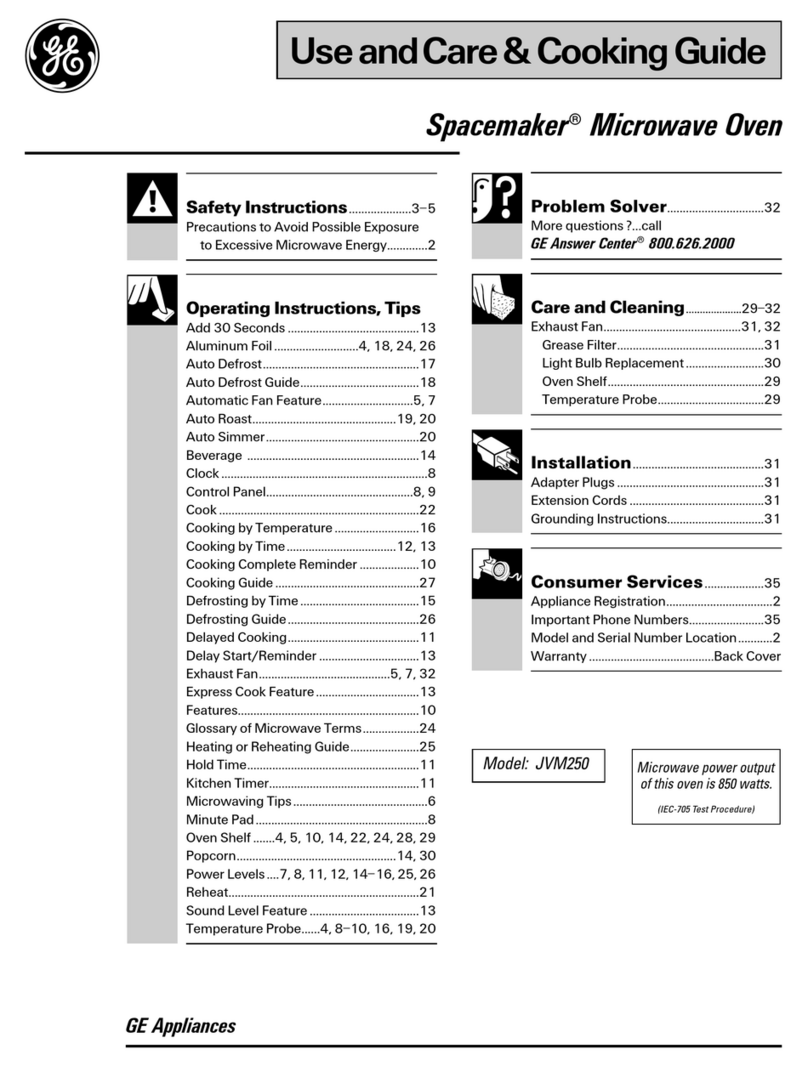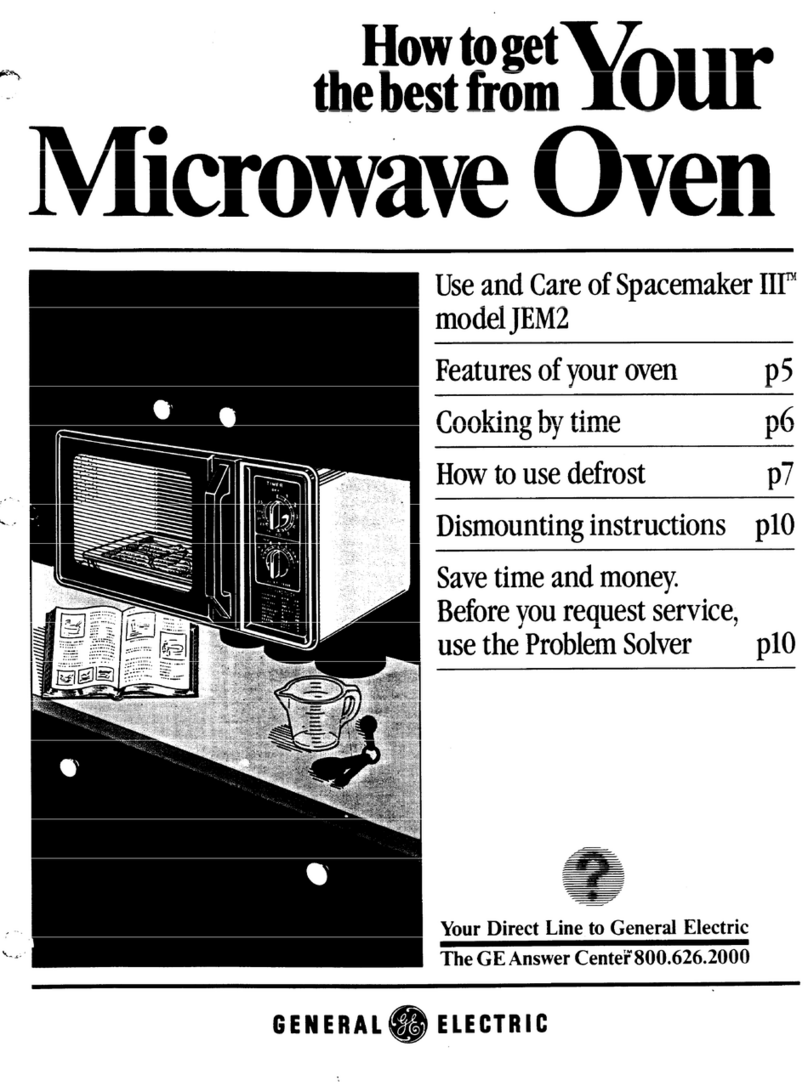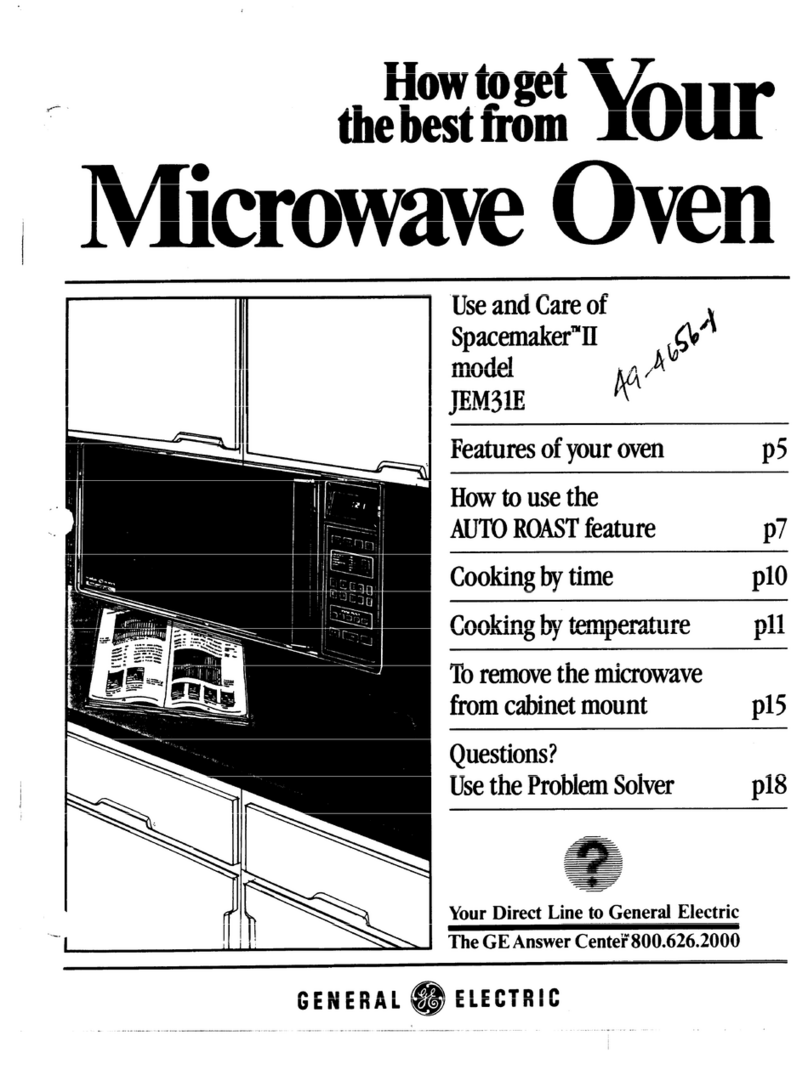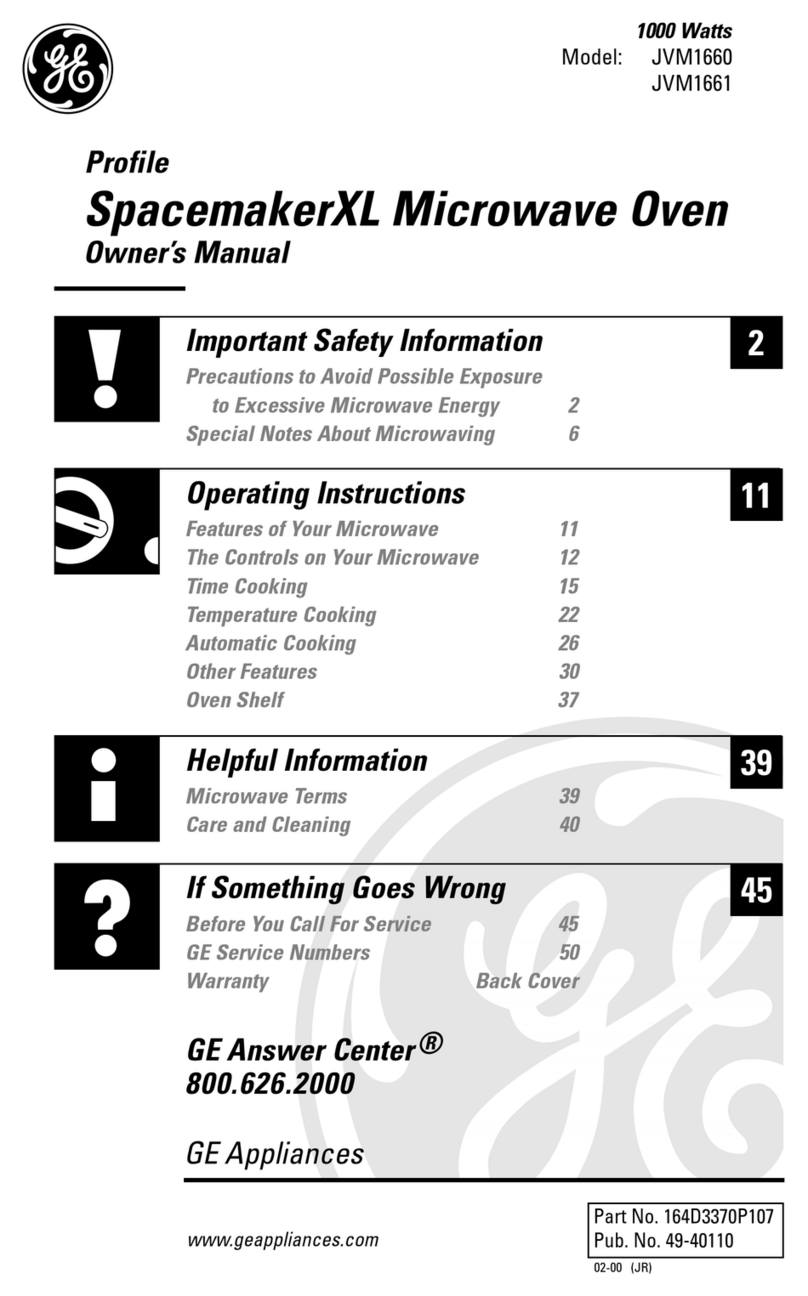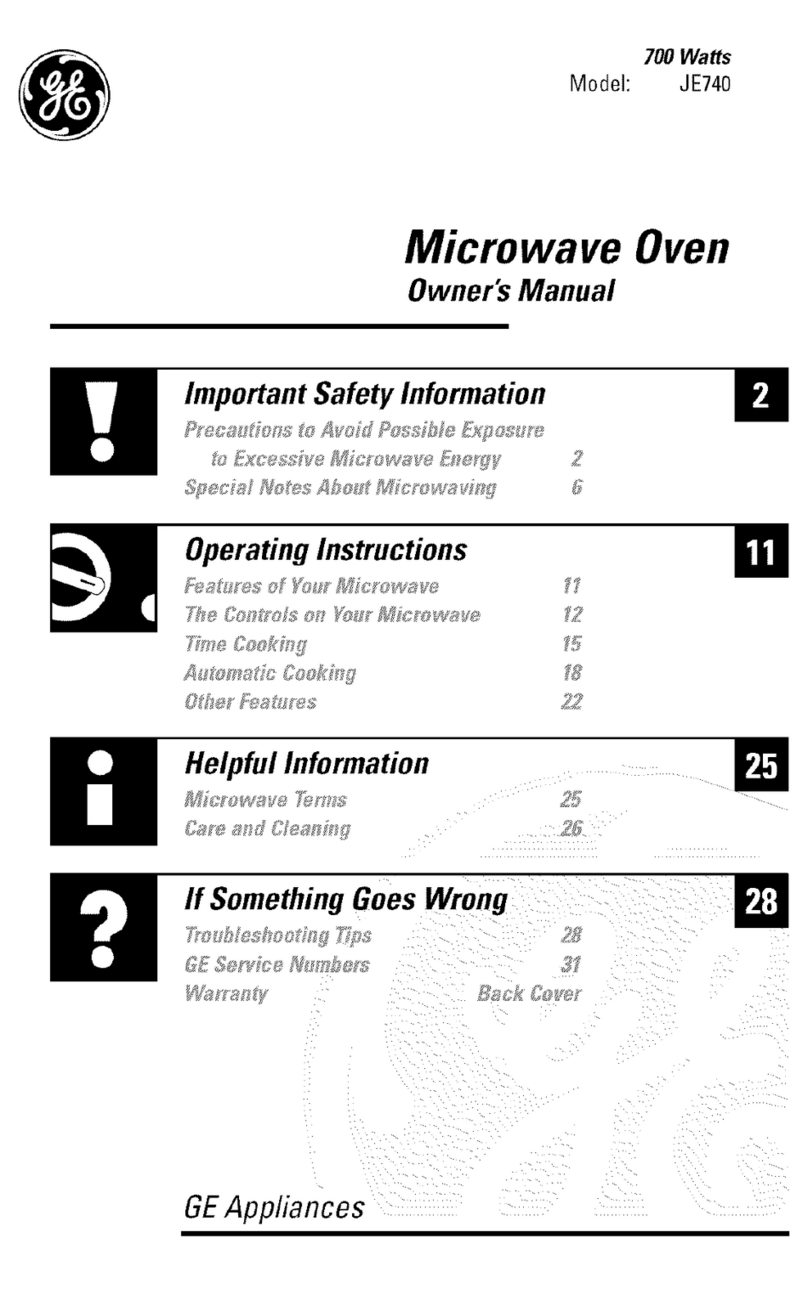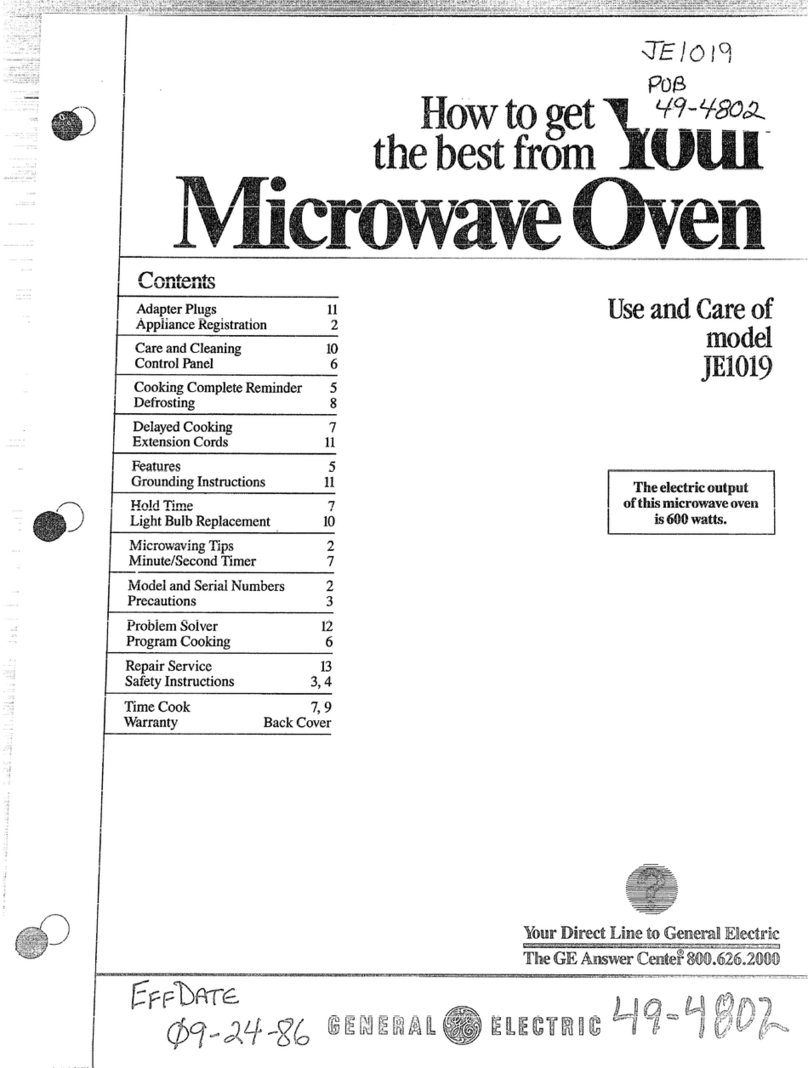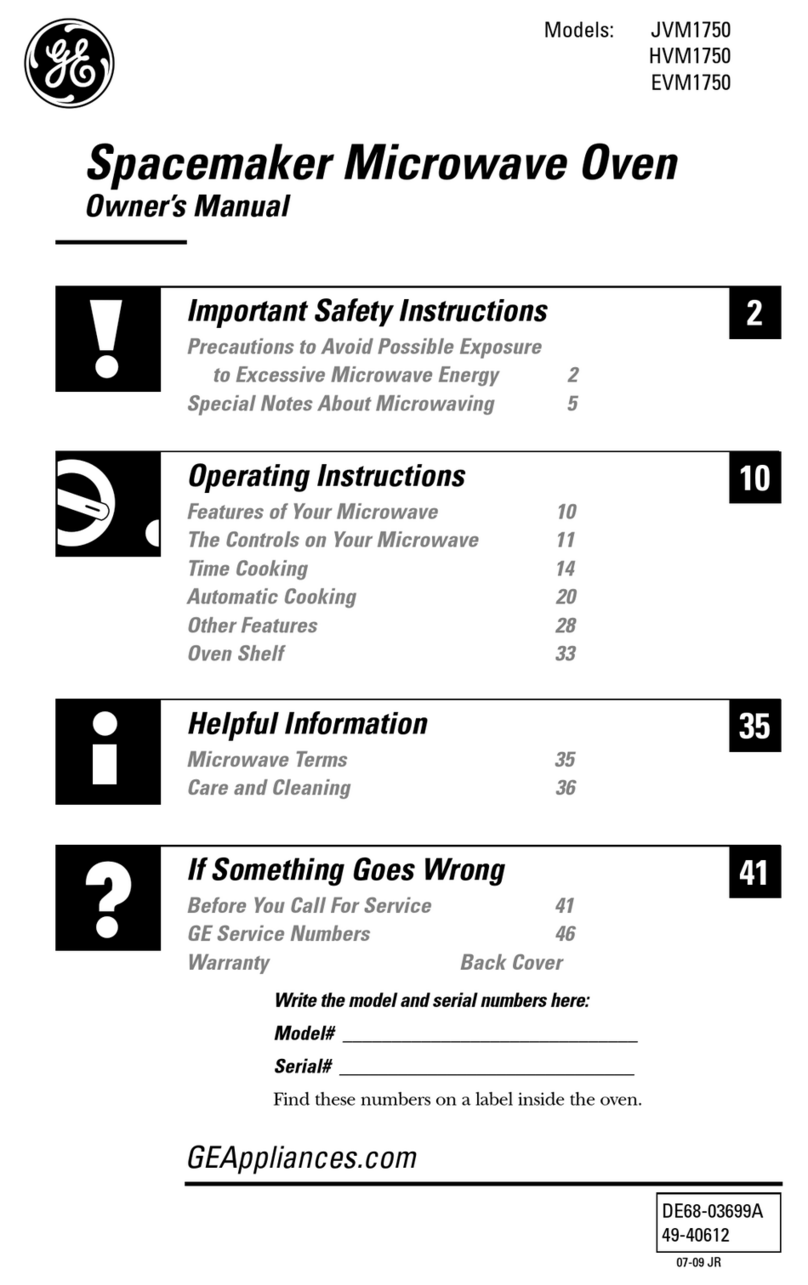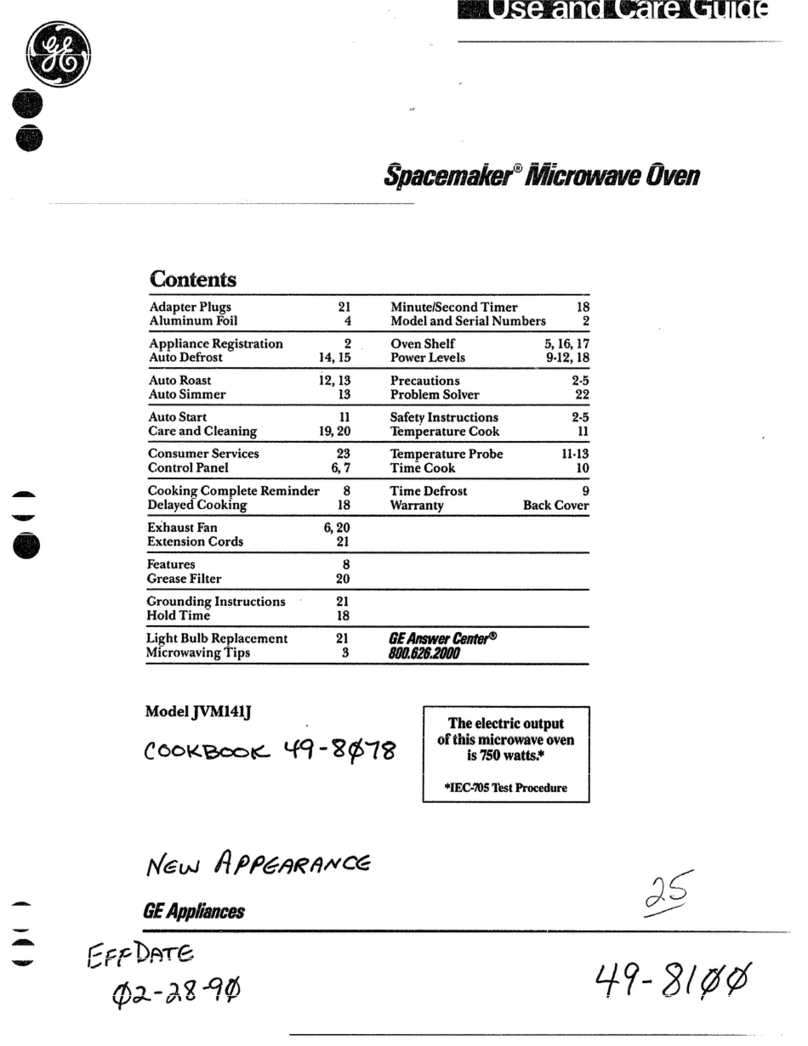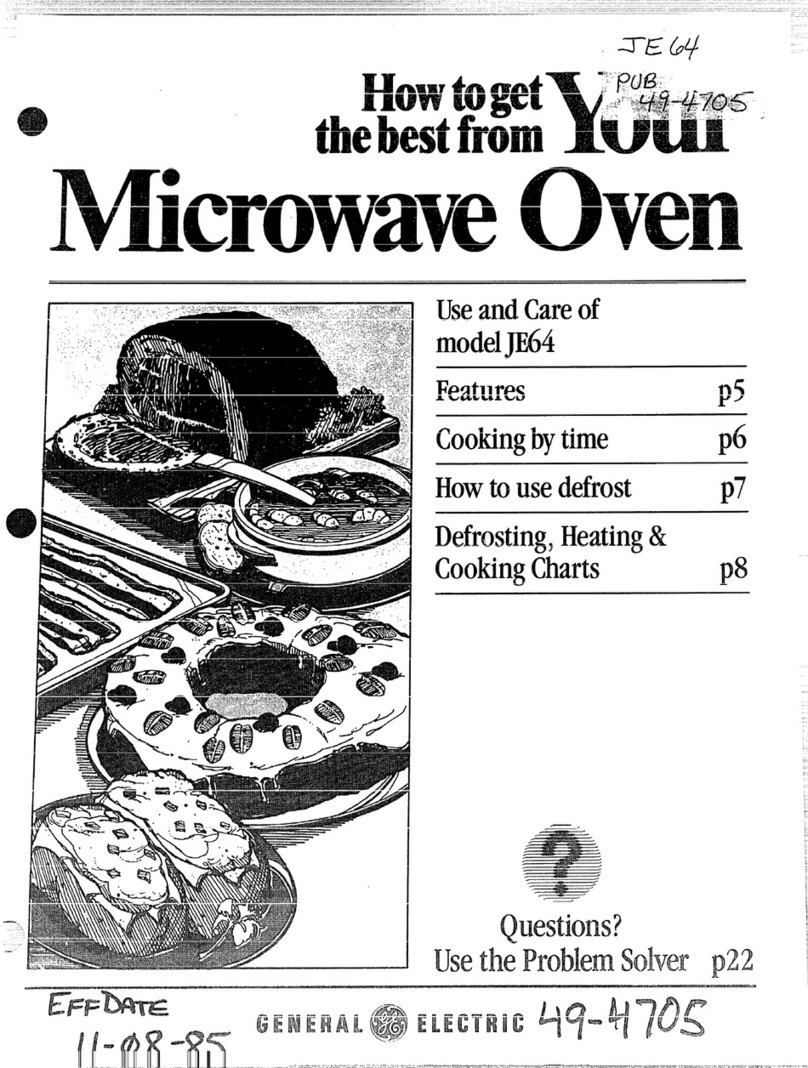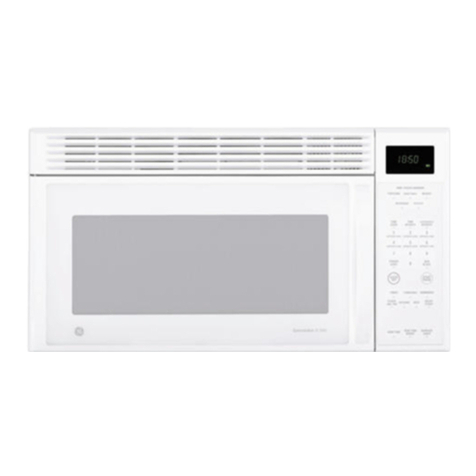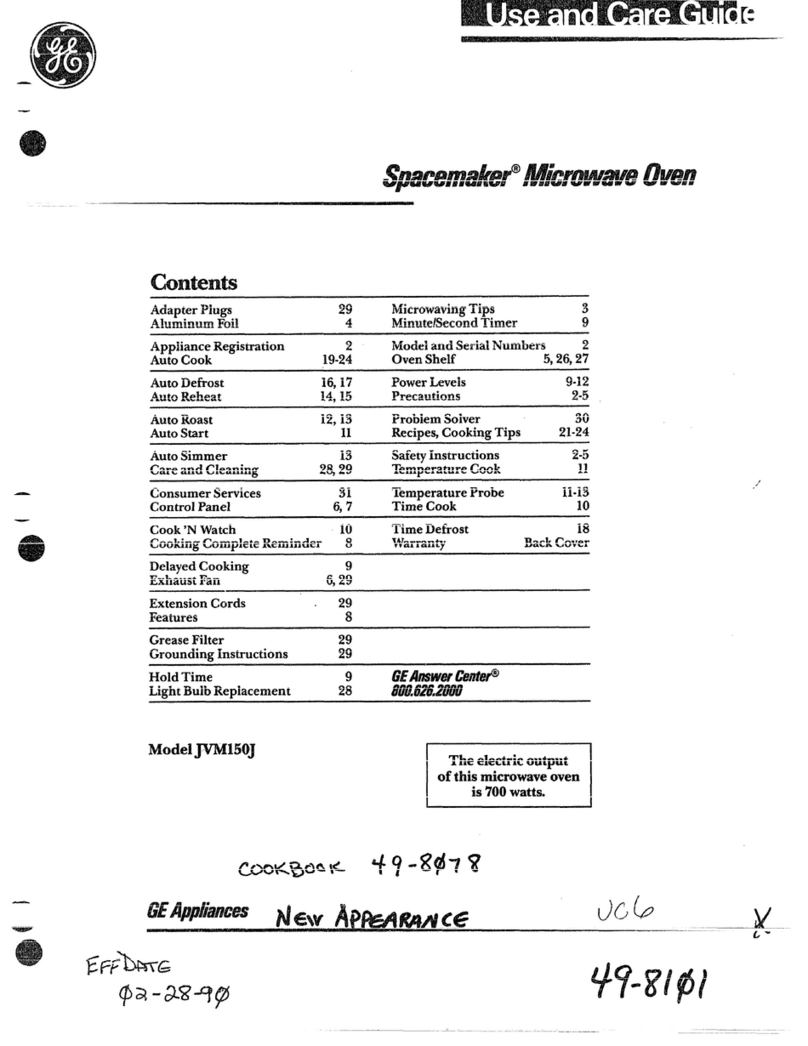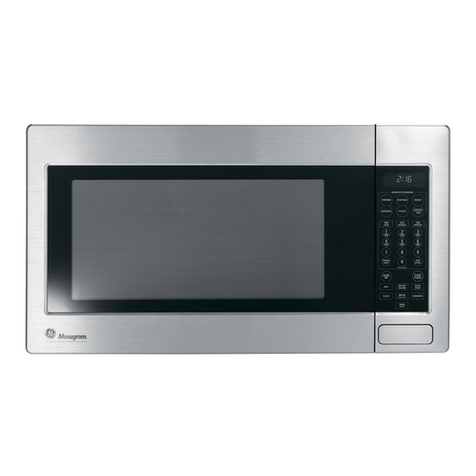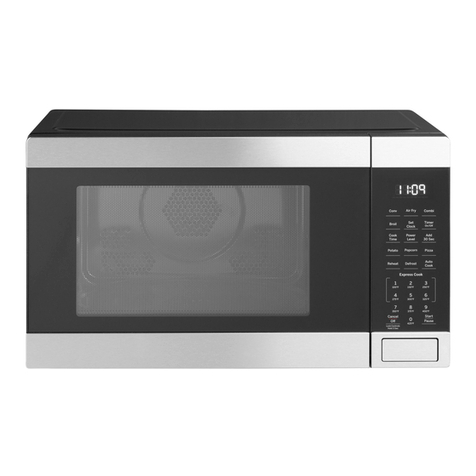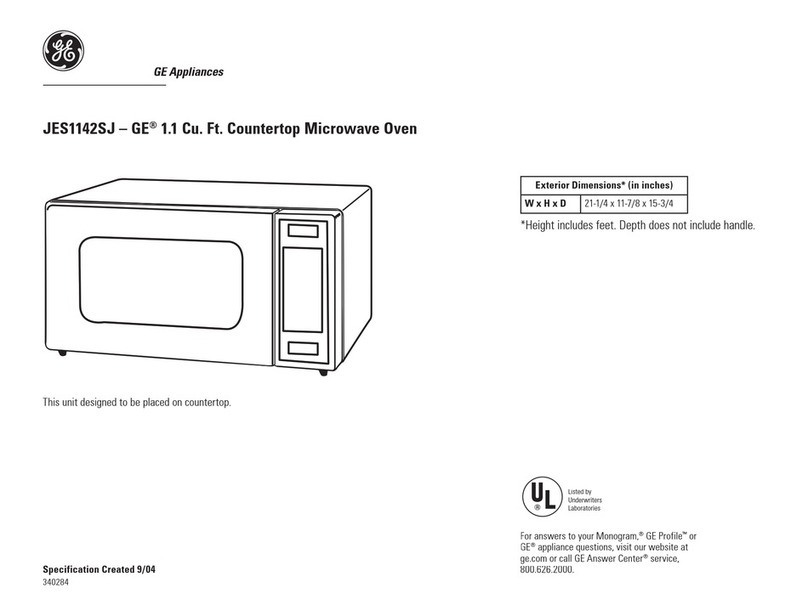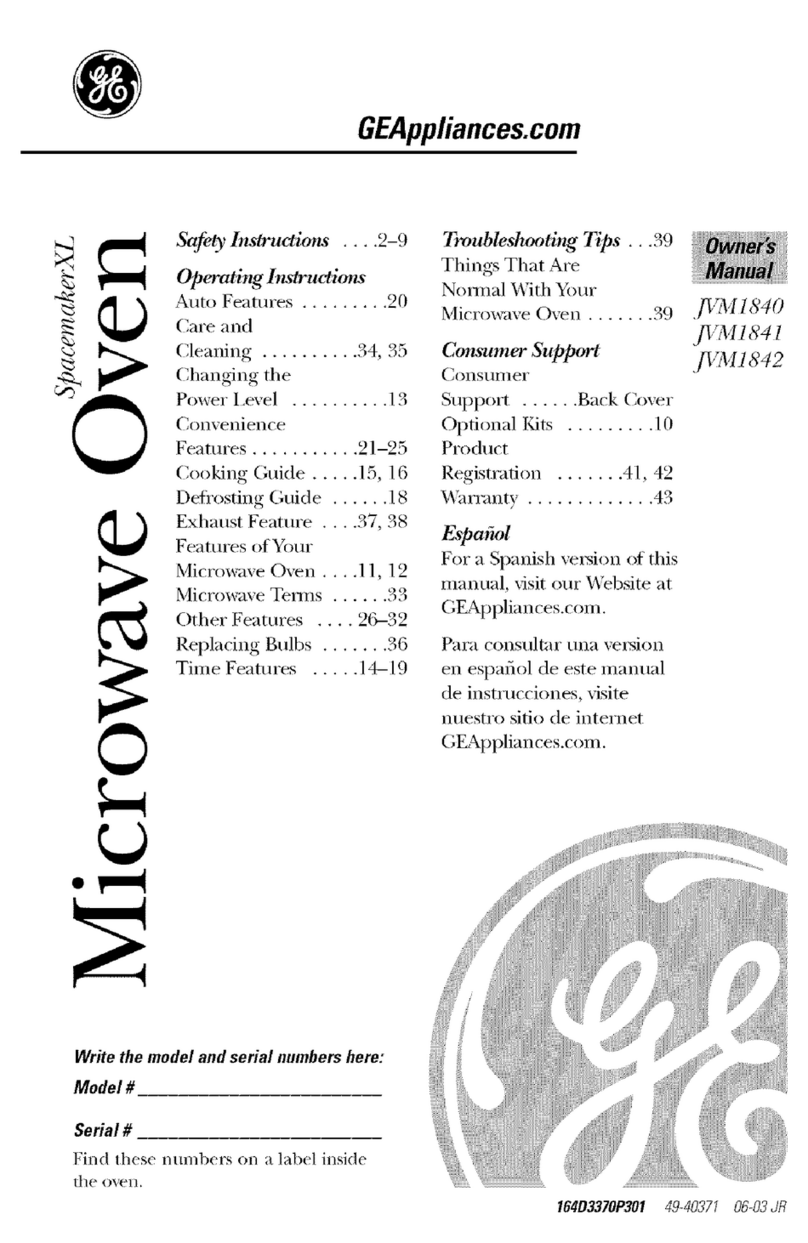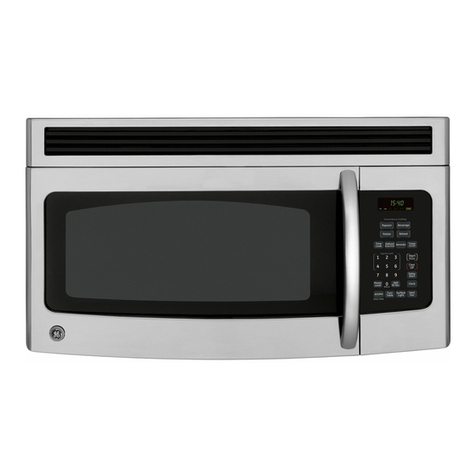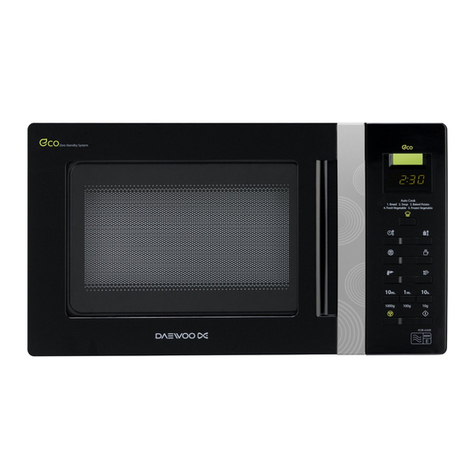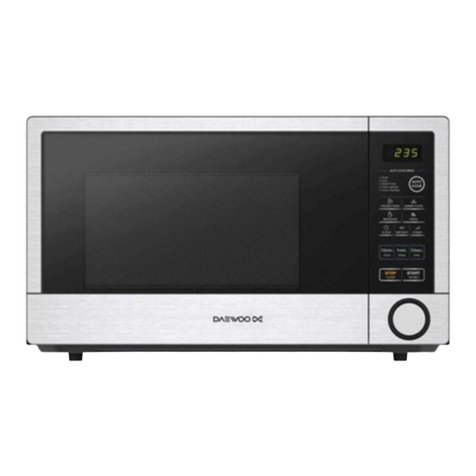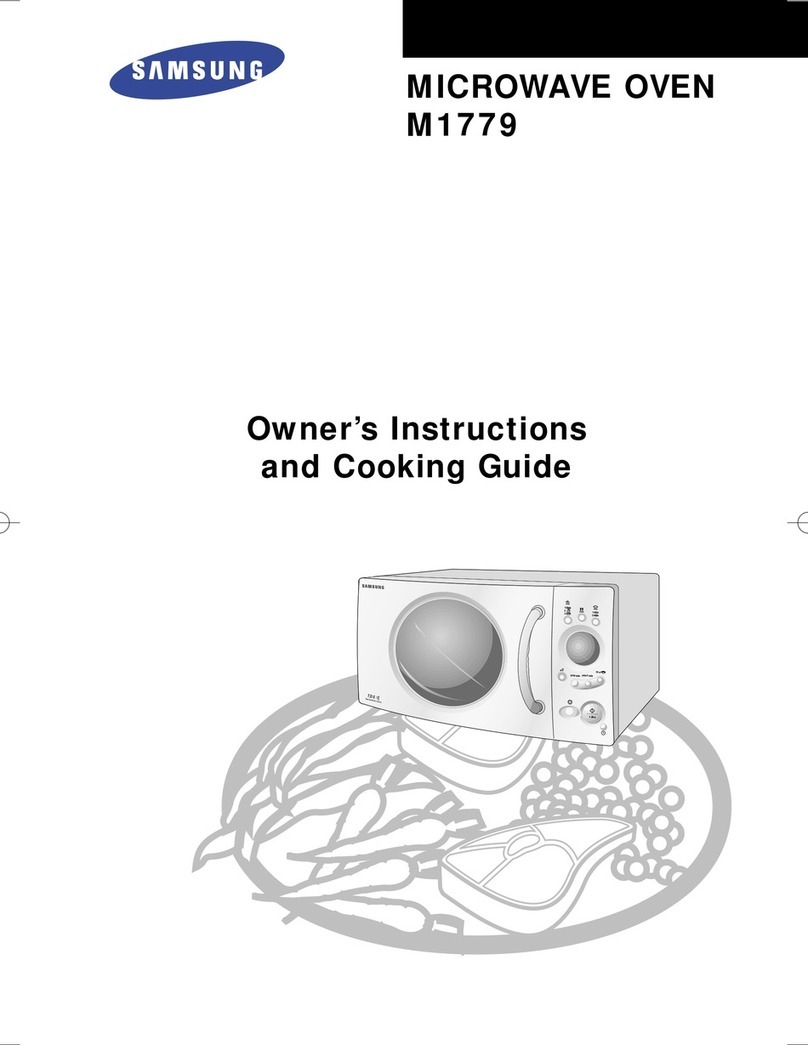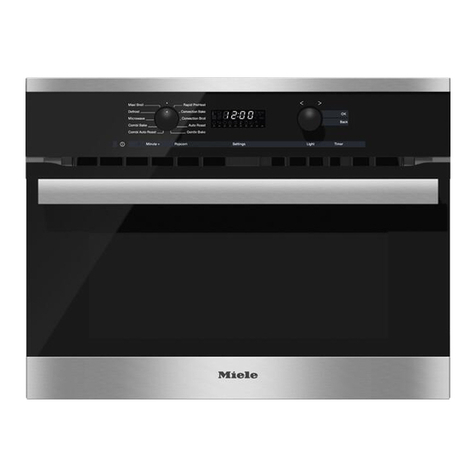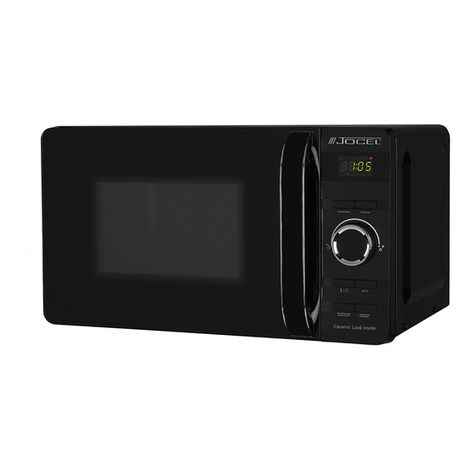●
Foods
with
unbroken
outer
—
“skin”
such as potatoes, sausages,
tomatoes, apples, chicken livers
and other giblets, and egg yolks
(see previous caution) should be
pierced to allow steam to escape
during cooking.
.
pl~tic
cookware-plastic
cookware designed for microwave
cooking are very
usefi.d,
but
should be used carefully. Even
microwave-safe plastic may not
be as tolerant of overcooking
conditions as are glass or ceramic
materials and may soften or char
if subjected to short periods of
overcooking. In longer exposures
to overcooking, the food and
cookware could ignite, For these
reasons: 1) Use microwave-safe
plastics only and use them in
strict compliance with the
cookware manufacturer’s
recommendations. 2) Do not
subject empty cookware to
microwaving. 3) Do not permit
-.
children to use plastic cookware
without complete supervision.
.
~~Bo~ableJ’
cooking
pouch~
and tightly closed plastic bags
should be slit, pierced or vented
as directed in cookbook. If they
are not, plastic could burst during
or immediately after cooking,
possibly resulting in injury. Also,
plastic storage containers should
beat least partially uncovered
because they form a tight seal.
When cooking with containers
tightly covered with plastic wrap,
remove covering
carefidly
and direct
steam away from hands and face.
c
Spontaneous boiling—Under
certain special circumstances,
liquids may start to boil during or
shortly
afier
removal from the
microwave oven. To prevent burns
from splashing liquid, stir the
liquid briefly before removing the
container from the microwave oven.
.
●
Use of the DOUBLE
DUTYM
shelf accessory.
—Remove the shelf from oven
when not in use.
–Do not store or cook with
shelf on floor of oven. Product
damage may result.
–Use pot
holdem
when
handling the shelf and cookware.
They may be hot.
–Do not use microwave
browning dish on shelf. The
shelf could overheat,
Self-Cleaning
hwer
Oven:
●
Stand away from the oven
when opening oven door. The
hot air or steam which escapes
can cause burns to hands, face
andlor
eyes.
●
I)On$t
heat unopened food
containers in the oven. Pressure
could build up and the container
could burst, causing an injury.
●
Keep oven vent duct
unobstructed.
. Keep oven free from grease
buildup.
●
Place oven rack in desired
position while oven is cool. If
racks must be handled when hot,
do not let potholder contact
heating units in the oven.
●
Pulling out shelf to the shelf
stop is a convenience in lifting
heavy foods. It is also a
precaution against burns from
touching hot surfaces of the
door or oven walls.
.
When
using cooking or
roasting bags in oven, follow
the manufacturer’s directions.
.
J)o
not
use your oven to dry
newspapers, If overheated, they
can catch fire.
.
DO
not
clean door gasket. It is
essential for a good seal. Be careful
not to rub, damage or move it.
Q
Do not use oven cleaners. No
commercial oven cleaner or oven
liner protective coating of any kind
should be used in or around any
part of the oven.
●
C]ean
Omy
parts listed in this
Use and Care Book.
●
Before
self-cleaning the
oven?
remove broiler pan and other
cookware,
Surface Cooking Units:
●
Use
proper
Pan
Size—This
appliance is equipped with one or
more
surfhce
units of different size.
Select cookware having flat
bottoms large enough to cover the
surface unit heating element. The
use of undersized cookware will
expose a portion of the heating
element to direct contact and may
result in ignition of clothing.
Proper relationship of cookware
to burner will also improve
efficiency.
●
Never leave surface units
unattended at high heat settings.
Boilcwercauses
smoking and greasy
spillovers
that may catch on fire.
●
Be sure drip pans and vent
duct are not covered and are in
place. Their absence during
cooking could damage appliance
parts and wiring.
●
Don>t
me
~~n~
fo~
to
line
drip pans
or anywhere in the oven
except as described in this book.
Misuse could result ina shock, fire
hazard, or damage to the cooking
center.
●
Only
certain types of
gh%
glass/ceramic, ceramic,
earthenware or other glazed
containers are suitable for
cooktop service; others may
break because of the sudden
change in temperature. (See
pages 21 and 22 for suggestions.)
●
To minimize the possibility of
burns, ignition of flammable
materials and spillage, the handle
of a container should be turned
toward the center of the cooking
center without extending over
nearby surface units.
I
5
